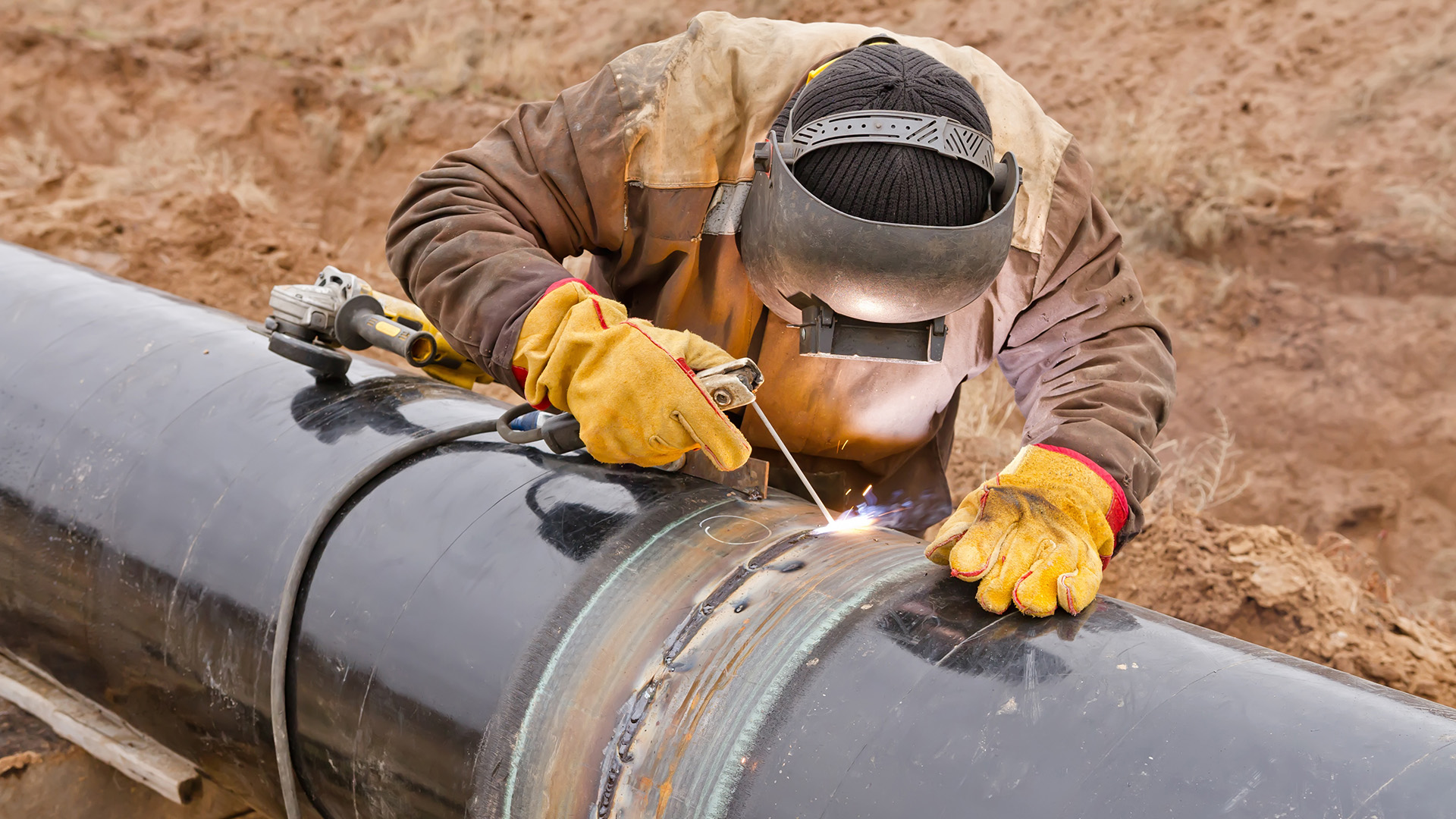America’s more than 2.6 million-mile network of pipelines is something we barely notice until we turn on our gas stoves or our heaters in the winter, or spot a small sign off the side of a trail out in the woods marking the unobtrusive arteries that fuel our country and economy.
They’re almost as invisible as they are essential, and what many people don’t know is that they’re the most environmentally friendly and safest way to move oil, natural gas and related products across the nation. That’s not what you’ll hear from activists who raise money by demonizing things they don’t really understand, but facts speak for themselves.
And this week, the facts say that the safest, most reliable method of moving energy around to meet the needs of our families, farmers and businesses just got better.
A new report from the Association of Oil Pipelines and the American Petroleum Industry tells the story of the constant vigilance and innovation that American pipeline companies bring to their operations. Here are the highlights from the report, compiled from government data.
Over the last five years, pipeline miles and the number of barrels increase 10 percent, yet:
- Pipeline incidents impacting people or the environment fell by more than a third, or 36 percent
- Total incidents fell 17 percent
- And incidents involving cracking, corrosion or weld failure fell 50 percent
That’s continual improvement on an already incredible safety record which ensures that more than 99.999 percent of the energy we need gets to families and communities without a hitch.
And better, the evidence comes from unbiased, neutral government data that says it again, and says it loud – pipelines are the safest way to meet America’s energy needs. Consumer Energy Alliance applauds the tremendous efforts taken by the pipeline industry to get better and better at delivering the goods safely, reliably to our families, small businesses and economy.
Read the full report here.

